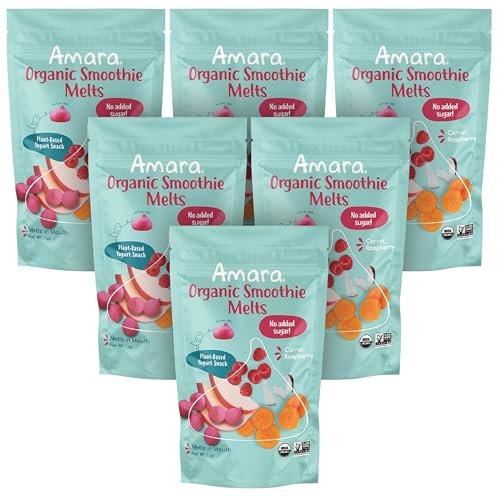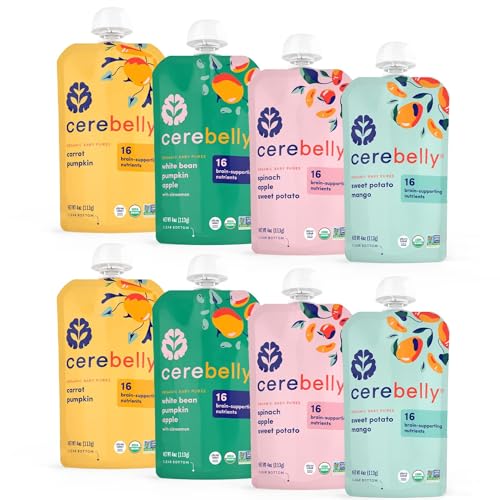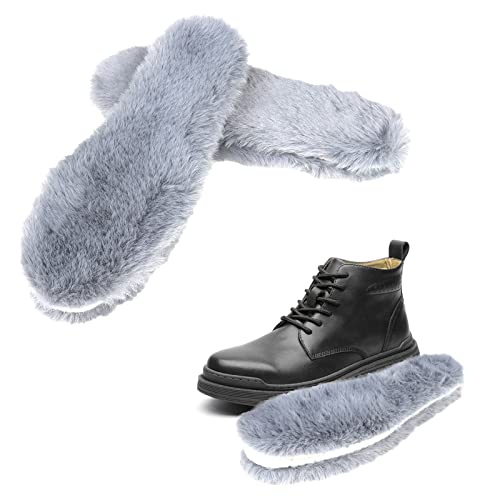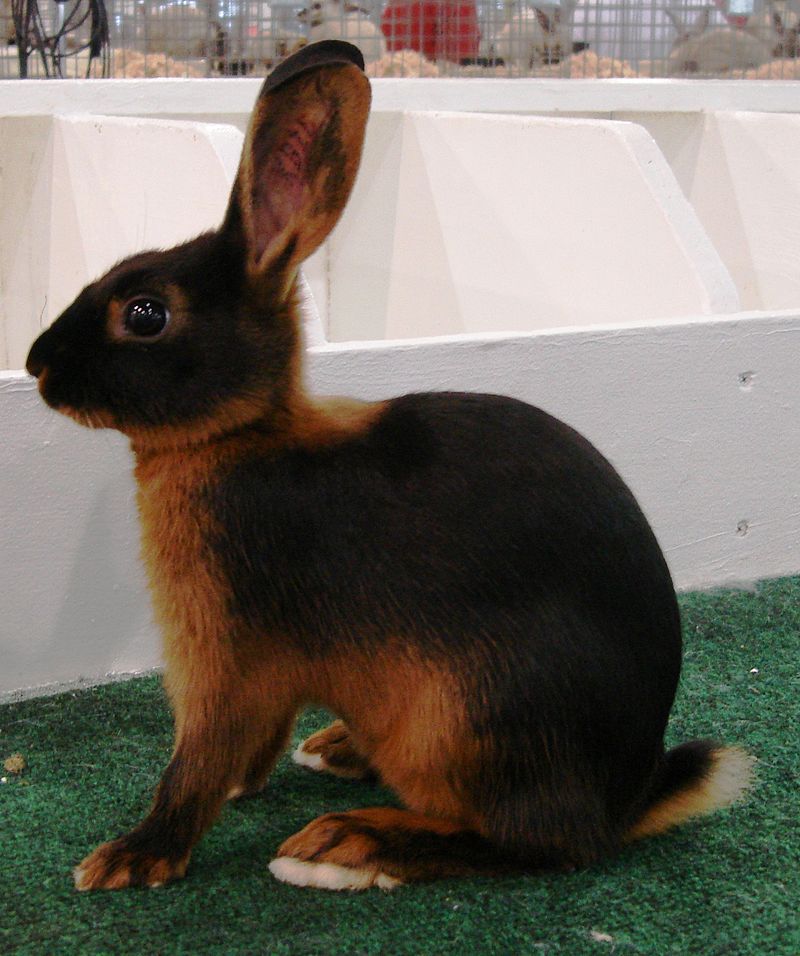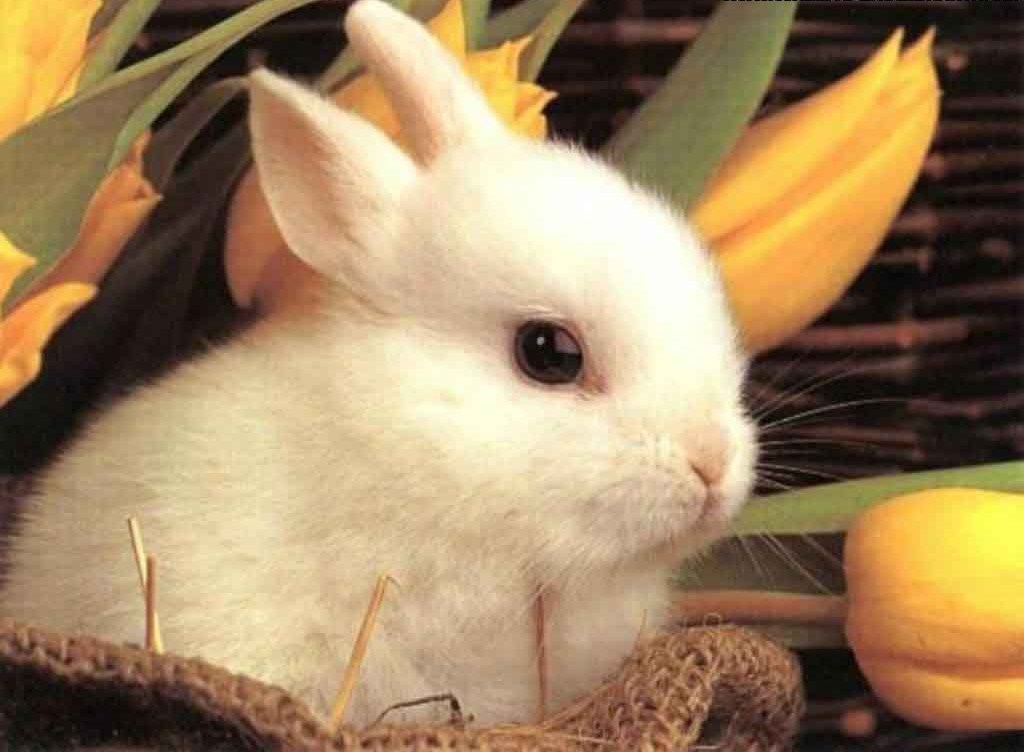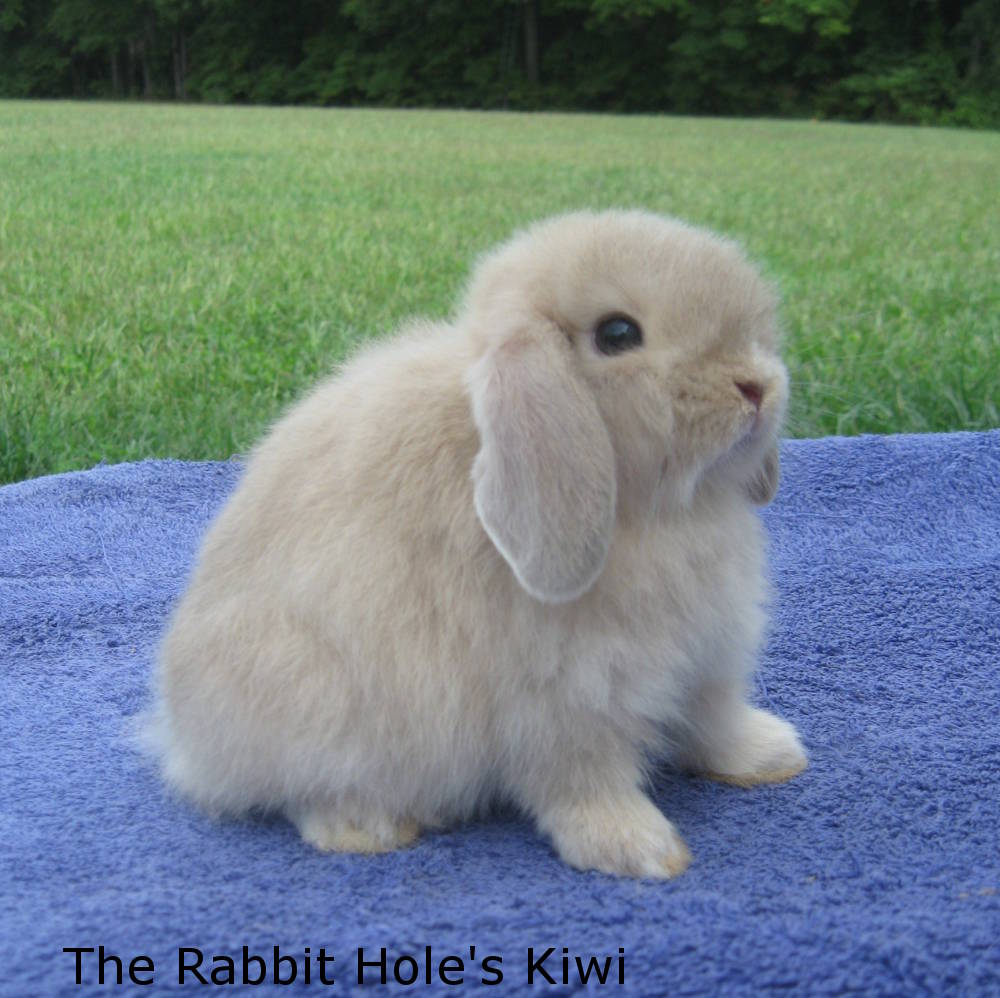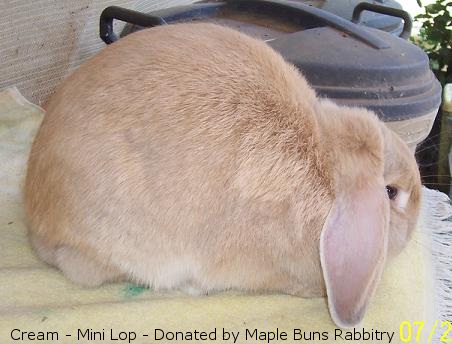alforddm":1bzuq4o4 said:
I probably should have said "otter" rather than tan.
This is an image of a otter or Tan patterned rabbit. It is caused by the "at" allele at the Agouti Locus.
Ok. Tan and Otter are interchangeable?
It basically looks like that's a black rabbit with (brownish) coloring where white would normally be, in almost a Dutch pattern.
If a rabbit is Tan/Otter, can it be in combination with ANY other color, or only specific ones?
It looks like the (brownish) areas fade from a reddish brown to a light brown. Is that typical of a Tan/Otter rabbit? Or can it be just a consistent color of (tan) where the tan is present?
"Wideband" - does that mean the agouti pattern is, basically stretched out across the coat instead of just showing up in the individual hairs?
__________ Tue Mar 03, 2015 3:15 pm __________
Zass":1bzuq4o4 said:
The red belly on that Tan is also caused by wideband and rufus. (the same genes that turn orange into red)
The otter pattern without those genes would have tan lined white markings
As seen in these mini rex:
https://www.pinterest.com/pin/299911656410234512/
and the at(otter) pattern on a chinchilla rabbit has pure white markings.
http://www.thenaturetrail.com/grand-cha ... ten-arson/
Ooo! I missed that - going to look!
__________ Tue Mar 03, 2015 3:29 pm __________
Zass":1bzuq4o4 said:
So, no, you can't have a self cream. The same rabbit made self instead of agouti would be a blue tort. aa B_ C_ dd ee (AKA, dilute non-extension self)
I promise I'm not trying to be contentious, just trying to understand!! What colors are these bunnies?
Now, I understand that different breeds have different names for different colors, but these rabbits all look like 'self cream' to me

Even the little bunny that looks mostly white, has faint cream shading around its mouth, nose and ears (Otter?)
Edit: Actually, that bottom picture I can see dark shading in the coat (agouti?) I would guess the roots of the hairs are dark and they grow lighter toward the tips? (still not sure what color that would be though)









